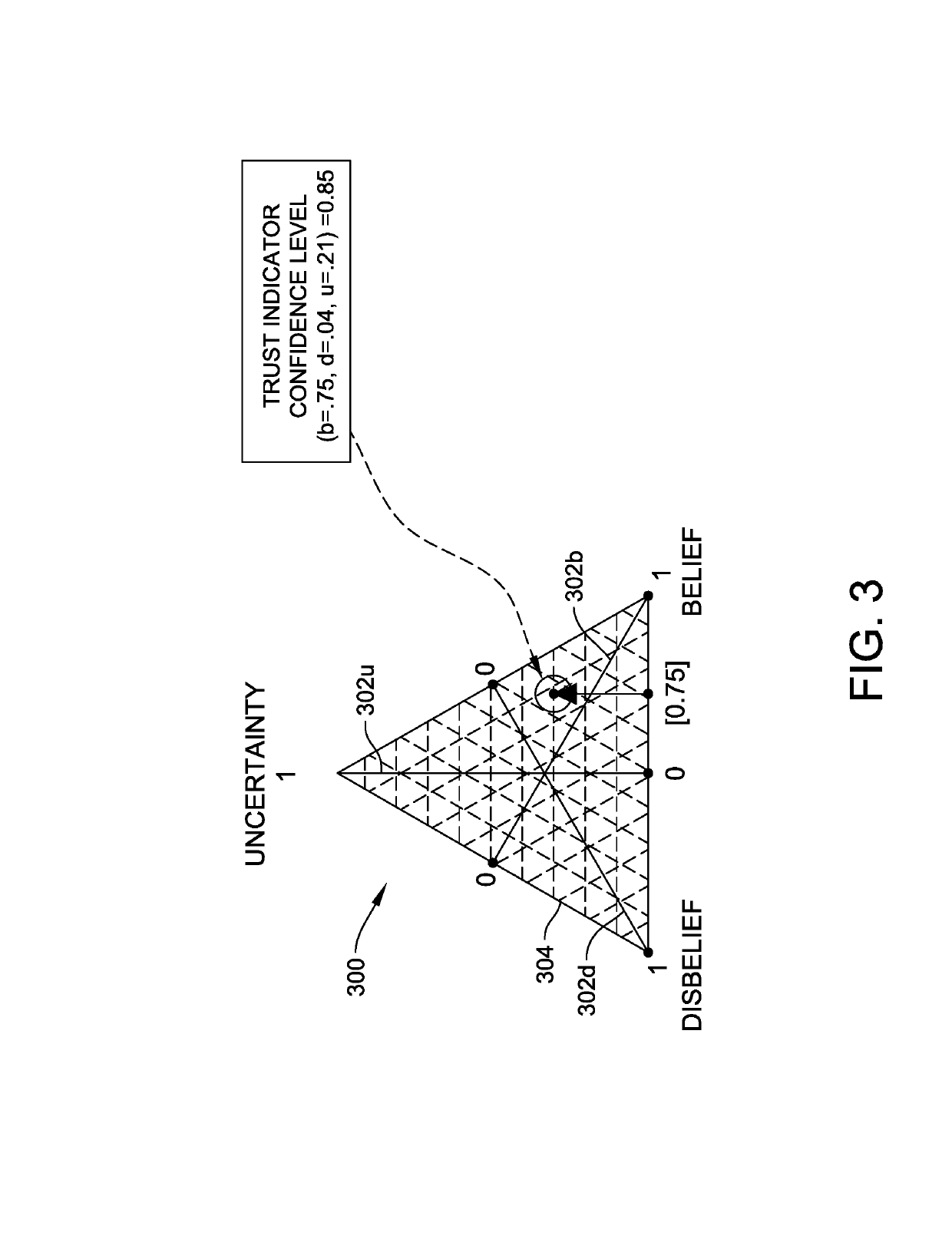In conventional PKI ecosystems, the management of keys, as well as the process of inserting the keys into the devices or secure elements, is problematic, expensive, and difficult to audit.
Some manufacturers undertake the burden to provision a secure element of an electronic device, but the requirements to provision PKI at the manufacturing level are also difficult to implement, particularly with respect to such PKI requirements as
revocation, potential auditing, and the manufacturer's ability or inability to share CA keys.
These difficulties increase significantly where an electronic device is manufactured using a secure element from a different manufacturer, when multiple secure elements are implemented within a single electronic device, and / or when an electronic device or its secure element are provisioned and registered in more than one
ecosystem.
At present, the manufacture of IoT device involves significant cybersecurity nuances and complexities.
However, the majority of device manufacturers do not have the requisite cybersecurity experience and knowledge to fully implement secure device provisioning at the manufacturing level, which has negatively impacted the speed at which the IoT has been adopted.
Trust and security issues present many specific challenges to the
cable network ecosystem.
However, as the cable termination point becomes increasingly the gateway of choice for users to
the Internet, serious concerns remain as to how to ensure that only trusted or trustworthy devices are allowed access to the cable infrastructure.
Nevertheless, gaps remain for securing the
DOCSIS 3.1 security capabilities in the
cable network infrastructure with the OCF IoTivity and WFA security.
For the purposes of the following discussion, it is assumed that the CMTS / CMTS device is fully trusted and difficult to compromise.
Conventional techniques have been unable to reliably evaluate the individual
trustworthiness of such devices, or allow different levels of access based on a level of determined
trustworthiness.
The conventional
threat model for
DOCSIS security is considered relatively weak at present.
The conventional
threat model assumes that the CMTS is never malicious, and therefore does not consider the possibility of a man-in-the-middle
attack on the link connecting the CM and the CMTS. furthermore,
DOCSIS security does not differentiate between the problem of
authorization on the one hand, and
access control on the other hand.
As a result, the conventional DOCSIS
threat model fails to implement important security principles, such as least-privilege and separation-of-duty.
Conventional DOCSIS models also do not address the LAN side security problem.
The trust models become more complex when OCF and IoTivity security issues are considered.
OCF security measures do not presently address protection of resources at rest.
Such user-only-based trust mechanisms, however, are unable to address the problem of a trusted user inadvertently using an infected (i.e., untrusted) device.
Additionally, OCF provides a significant amount of flexibility in terms of features, which can make
security management quite difficult.
OCF security techniques also do not provide a built-in cascaded
authorization / trust and privilege delegation principle, which is, for example, a needed capability in the case where a device within a local OCF network needs to communicate with remote devices (e.g., in a cloud).
Even where certificates are utilized to address this challenge, it remains very difficult to perform privilege
revocation.
WFA security measures (as well as those of IEEE 802.11i and IEEE 802.1x) also do not presently address security of
data at rest.
Nevertheless, the present
cable network ecosystem is undergoing continual change in expansion, and therefore must be assumed that not every device entering the ecosystem may be fully trusted.
However, most of the billions of IoT devices presently deployed may not contain a recognized
certificate, and therefore an improved model is desired that is capable of defining
trustworthiness of such devices seeking to enter or connect with the ecosystem.
Conventional binary trust models (i.e., trusted or not trusted) are insufficient to accurately evaluate the trustworthiness of an individual device, and particularly as the devices and ecosystems become more complex and intertwined.
 Login to View More
Login to View More  Login to View More
Login to View More 


